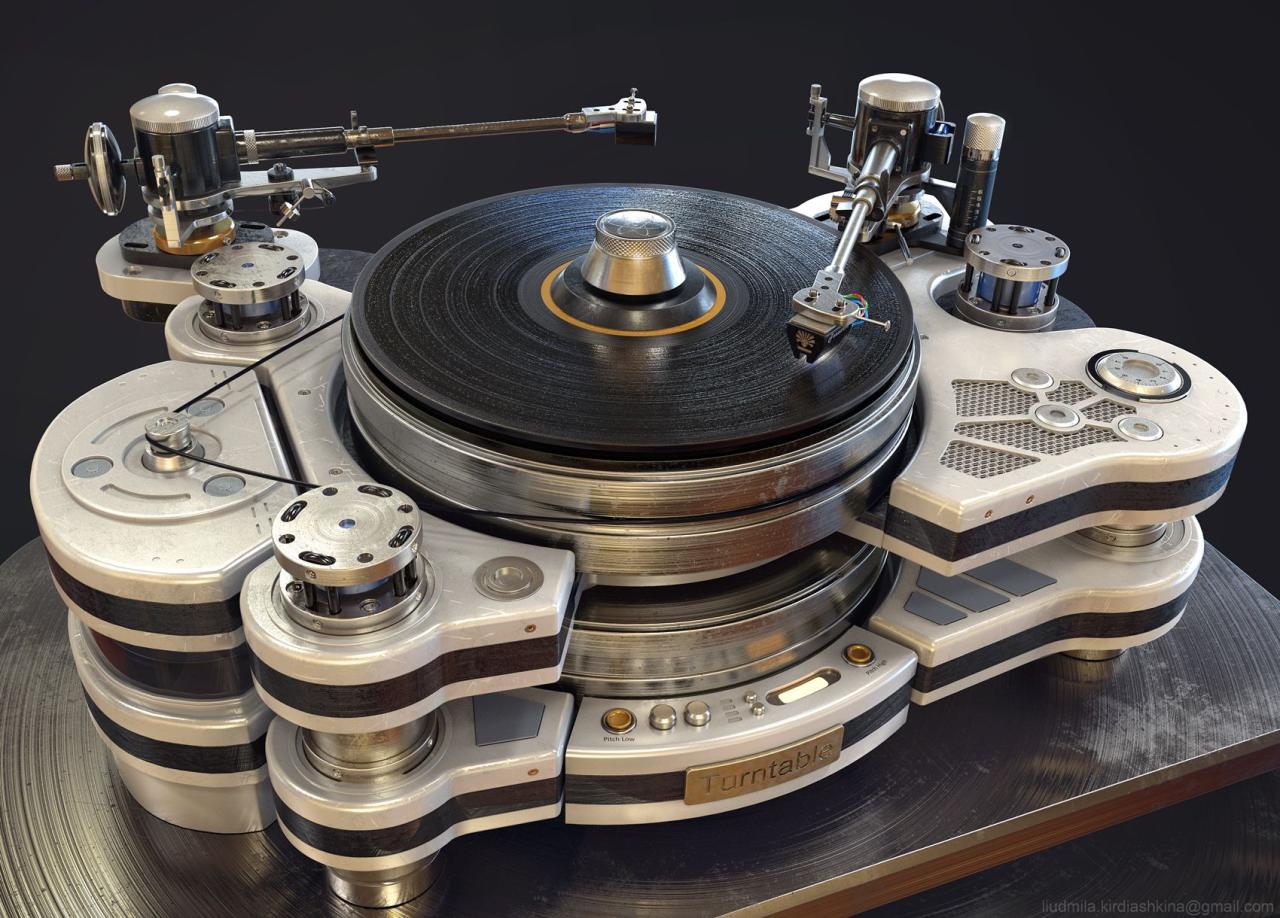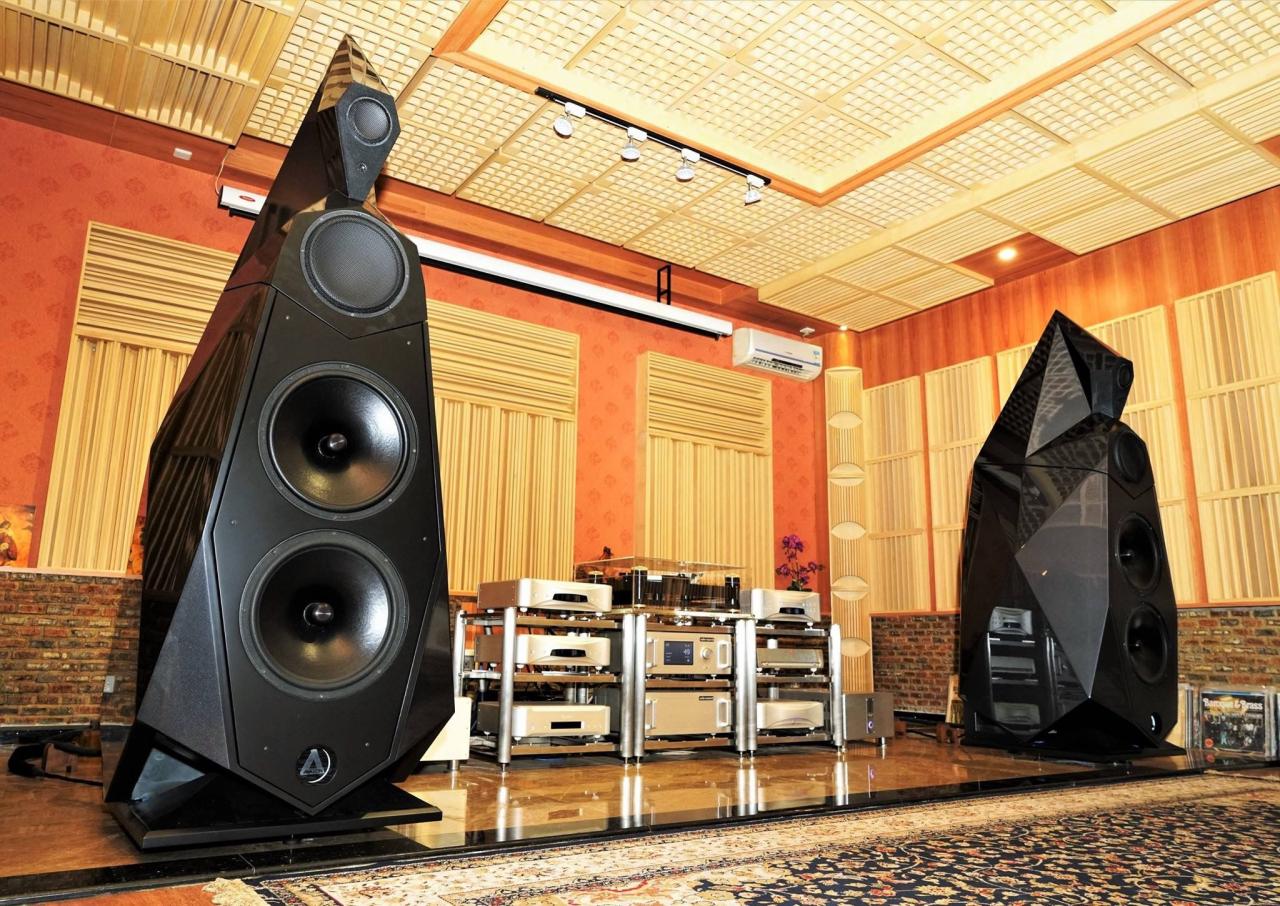Audiophile travel aetup – Audiophile Travel Setup: Imagine experiencing your favorite music with pristine audio quality, no matter where your adventures take you. This guide dives into creating a portable high-fidelity system that lets you enjoy your music on the go, without compromising on sound. We’ll cover everything from choosing the right headphones and amplifier to managing your digital music library and keeping your equipment safe.
Building a portable audiophile setup requires careful consideration of several factors. Choosing the right headphones (in-ear monitors vs. over-ear), selecting a suitable amplifier, and ensuring a reliable power source are all crucial. We’ll also explore noise cancellation techniques and methods to protect your valuable equipment during travel. Ultimately, the goal is to seamlessly integrate your audiophile passion into your travel lifestyle.
Power Sources and Battery Life

Powering your high-end audio equipment on the go requires careful consideration of portable power solutions. The right power source will ensure you enjoy your music without interruption, while the wrong one can lead to frustration and potentially damage your valuable gear. This section explores various options and strategies for maximizing your audio playtime while traveling.
Portable power solutions for audiophiles range from simple USB power adapters to high-capacity battery packs. The best choice depends on the power demands of your equipment and the length of your trip. Factors like the battery capacity (measured in milliampere-hours or mAh), voltage output, and the number of available ports all play a crucial role in selecting the ideal power source.
So, you’re planning a trip? Awesome! Don’t forget travel insurance! Check out Aon travel insurance for comprehensive coverage on your vacation. They’ve got you covered for everything from lost luggage to medical emergencies. But if your trip involves something a little more… adventurous, like a marine expedition, then you might want to look into a specialized policy.
For that, Aon travel insurance offers plans specifically designed for water-based activities, ensuring you’re protected no matter what.
Battery Pack Capacities and Playtime
Choosing a battery pack involves understanding its capacity and how that translates to playtime for your devices. A higher mAh rating generally means longer playtime. For example, a 20,000mAh battery pack will provide significantly more power than a 5,000mAh one. However, the actual playtime depends on the power consumption of your audio equipment. A power-hungry headphone amplifier will drain a battery faster than a less demanding portable DAC.
It’s advisable to check the power requirements (voltage and current) of your devices and compare them to the battery pack’s specifications to estimate playtime. A realistic estimate, rather than manufacturer’s claims, should be considered. For instance, a high-resolution audio player with a power-hungry amplifier might only get 8 hours of continuous use from a 20,000mAh pack, while a less demanding device could easily reach 16 hours or more.
Maximizing Battery Life
Several strategies can help extend your battery life. Lowering the volume on your audio equipment significantly reduces power consumption. Using lower-resolution audio files (like MP3 instead of FLAC) also conserves battery power. Turning off Bluetooth or Wi-Fi when not in use can further improve battery life. Additionally, keeping your devices at a moderate temperature (avoiding extreme heat or cold) can enhance battery performance.
So, you’re planning a trip? Awesome! Don’t forget travel insurance! Seriously, check out Aon travel insurance for comprehensive coverage. They’ve got options for everything from lost luggage to medical emergencies. And if you’re going on a more adventurous trip, maybe something involving the sea, consider Aon travel insurance – they often have specialized policies for marine activities.
Getting insured is a small price to pay for peace of mind, right?
Finally, consider using power-saving modes offered by your devices whenever possible.
Challenges of Maintaining Consistent Power Supply and Solutions
Maintaining a consistent power supply during travel presents unique challenges. Power outlets might not always be readily available, especially in remote locations or on long flights. Therefore, having a reliable backup power source is crucial. Portable solar chargers offer a sustainable option for replenishing battery packs in sunny conditions. Consider carrying multiple battery packs to ensure uninterrupted listening.
Alternatively, investing in a car adapter can provide power while traveling by car. Prior planning and understanding potential power limitations are key to avoiding interruptions to your listening experience.
Choosing Efficient and Safe Power Solutions
Safety and efficiency are paramount when choosing power solutions. Always opt for reputable brands that meet safety standards. Look for battery packs with overcharge and discharge protection to prevent damage to your devices and the battery itself. Avoid using cheap, uncertified chargers or adapters, as these can pose a fire hazard or damage your equipment. Efficient power solutions minimize energy waste and maximize battery life.
Features like quick charging can help reduce charging time, while intelligent power management systems optimize power delivery to your devices. Checking for certifications like UL or CE marks provides assurance of safety and quality.
Maintaining Audio Quality During Travel

Traveling with your prized audiophile setup presents unique challenges. The constant jostling, fluctuating temperatures, and exposure to the elements can all negatively impact the performance and longevity of your equipment. Understanding these risks and taking proactive measures is crucial to ensuring you enjoy pristine sound quality wherever your adventures take you.
Protecting Audio Equipment During Transport
Safe transportation is paramount. Hard cases are your best friend; they provide superior protection against bumps, drops, and pressure changes during air travel. For headphones, consider a dedicated hard case or a well-padded carrying pouch. For portable DACs/amps, a semi-rigid case offering cushioning is usually sufficient. Remember to always pack your equipment in your carry-on luggage to avoid potential damage from checked baggage handling.
Avoid placing heavy items on top of your audio gear.
Maintaining Optimal Audio Fidelity in Different Travel Settings
The environment significantly influences your listening experience. Loud ambient noise on a plane or train can necessitate using noise-canceling headphones. However, be mindful that some noise-canceling technologies can subtly affect the sound signature. In quieter settings, such as a hotel room, you can enjoy a more nuanced listening experience. Consider the acoustics of your environment; a reverberant space might require adjustments to your equalizer settings.
If using wired headphones, try to avoid cable tangles which can impact signal quality. Keep your equipment clean and free of dust and debris.
File Format Considerations for Travel
Choosing the right audio file format involves a trade-off between audio quality and storage space. FLAC files offer lossless compression, preserving the original audio information. However, they occupy significantly more storage space than lossy formats like MP3. For travel, where storage might be limited, MP3s at a higher bitrate (e.g., 320 kbps) provide a good balance between sound quality and file size.
Consider using a music streaming service with offline playback capabilities to save storage space on your device.
Caring for and Cleaning Portable Audio Equipment, Audiophile travel aetup
Regular cleaning is vital for maintaining the performance and lifespan of your portable audio equipment. Use a soft, microfiber cloth to gently wipe down your devices, removing dust and fingerprints. For stubborn grime, use a slightly damp (not wet!) cloth. Avoid harsh chemicals or abrasive cleaners. For headphones, periodically inspect the earcups and pads for dirt and debris.
Replace worn-out earpads to maintain hygiene and optimal sound quality. Proper care ensures your equipment remains in optimal condition, delivering exceptional audio quality for years to come.
Traveling with your audiophile setup shouldn’t feel like a burden; it should enhance your journey. By thoughtfully selecting your equipment, prioritizing protection, and understanding the nuances of power management and noise reduction, you can enjoy unparalleled audio fidelity wherever your travels may lead. So, pack your bags, your music, and prepare for an immersive auditory experience, no matter your destination.
Q&A: Audiophile Travel Aetup
What file format is best for travel?
Lossless formats like FLAC offer superior audio quality, but consume more storage. MP3s are smaller but compromise on audio fidelity. Consider your storage capacity and preferred sound quality when choosing.
How do I protect my headphones from damage?
Use a hard case or protective pouch. Avoid extreme temperatures and direct sunlight. Clean them regularly with a microfiber cloth.
What’s the difference between ANC and passive noise isolation?
ANC uses technology to actively cancel out noise, while passive isolation relies on physical design to block sound. ANC is generally better for loud environments, but passive isolation is simpler and often more reliable.
Can I charge my portable DAC/amp on the plane?
Check airline regulations before bringing power banks on board. Some airlines have restrictions on the size and capacity of portable batteries. A plane’s USB port may or may not provide enough power for some devices.